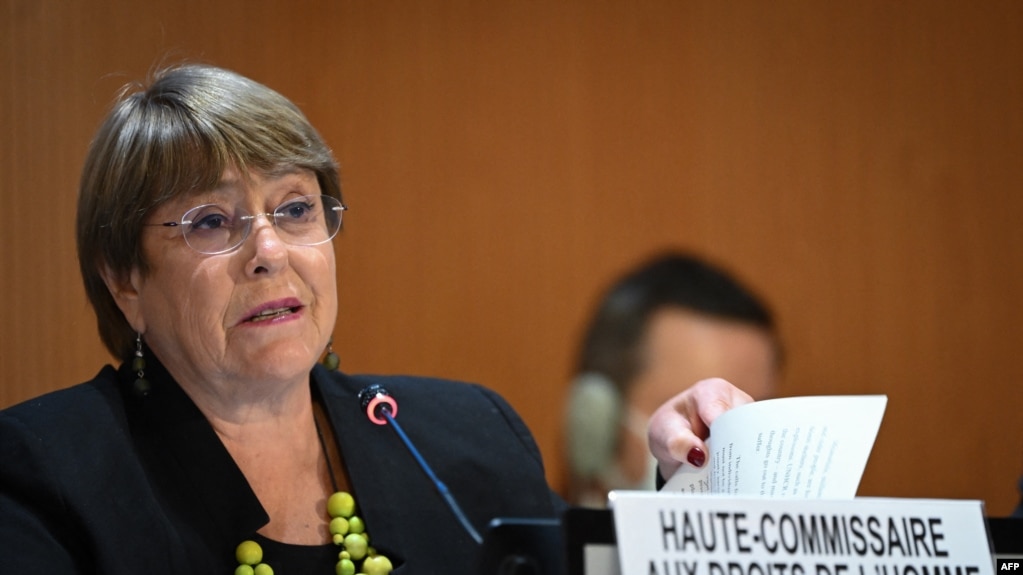REST IN POWER
Miss.Tic, renowned pioneer of French street art, dies aged 66FRANCE 24
Miss.Tic, a pioneer of French street art whose provocative work began to appear in Paris's Montmartre neighbourhood in the mid-1980s, died on Sunday aged 66, her family said.

© Bertrand Guay, AFP
MIS. TIC AND MODESTE BLAZE
Radhia Novat – the daughter of a Tunisian father and a mother from Normandy in western France – grew up in the narrow streets of Montmartre in the shadow of Sacre-Coeur basilica in Paris, where she first began stencilling sly and emancipatory slogans.
Her family said she had died of an unspecified illness.
One of the founders of stencil art, she was known for her graffiti of enigmatic female figures, particularly a character with flowing black hair resembling the artist herself.
As news of her death spread, French street artists and other cultural figures paid tribute to her work.
On Twitter, street artist Christian Guemy, alias C215, hailed "one of the founders of stencil art". The walls of the 13th arrondissement of Paris – where her images are a common sight – "will never be the same again", he wrote.
Another colleague known as Jef Aerosol said she had fought her final illness with courage in a tribute posted on Instagram.
And France's newly appointed Culture Minister, Rima Abdul Malak, saluted her "iconic, resolutely feminist" work.
Miss.Tic's work often included clever wordplay which is almost always lost in translation. Her art became a fixture of walls across the capital.
"I had a background in street theatre, and I liked this idea of street art," Miss.Tic said in a 2011 interview.
"At first I thought, 'I'm going to write poems'. And then, 'we need images' with these poems. I started with self-portraits and then turned towards other women," she said.
Miss.Tic also drew the attention of law enforcement over complaints of defacing public property, leading to an arrest in 1997.
But her work came to be shown in galleries in France and abroad, with some acquired by the Paris modern art fund of the Victoria and Albert Museum in London, according to her website.
And cinema buffs will recognise her work on the poster for Claude Chabrol's 2007 film "La fille coupee en deux" ("A Girl Cut in Two").
For a spell she was a favourite of fashion brands such as Kenzo and Louis Vuitton.
"So often it's not understood that you can be young and beautiful and have things to say," she told AFP in 2011.
"But it's true that they sell us what they want with beautiful women. So I thought, I'm going to use these women to sell them poetry."
Her funeral, the date of which is still to be announced, will be open to the public, said her family.
(FRANCE 24 with AFP)
Radhia Novat – the daughter of a Tunisian father and a mother from Normandy in western France – grew up in the narrow streets of Montmartre in the shadow of Sacre-Coeur basilica in Paris, where she first began stencilling sly and emancipatory slogans.
Her family said she had died of an unspecified illness.
One of the founders of stencil art, she was known for her graffiti of enigmatic female figures, particularly a character with flowing black hair resembling the artist herself.
As news of her death spread, French street artists and other cultural figures paid tribute to her work.
On Twitter, street artist Christian Guemy, alias C215, hailed "one of the founders of stencil art". The walls of the 13th arrondissement of Paris – where her images are a common sight – "will never be the same again", he wrote.
Another colleague known as Jef Aerosol said she had fought her final illness with courage in a tribute posted on Instagram.
And France's newly appointed Culture Minister, Rima Abdul Malak, saluted her "iconic, resolutely feminist" work.
Miss.Tic's work often included clever wordplay which is almost always lost in translation. Her art became a fixture of walls across the capital.
"I had a background in street theatre, and I liked this idea of street art," Miss.Tic said in a 2011 interview.
"At first I thought, 'I'm going to write poems'. And then, 'we need images' with these poems. I started with self-portraits and then turned towards other women," she said.
Miss.Tic also drew the attention of law enforcement over complaints of defacing public property, leading to an arrest in 1997.
But her work came to be shown in galleries in France and abroad, with some acquired by the Paris modern art fund of the Victoria and Albert Museum in London, according to her website.
And cinema buffs will recognise her work on the poster for Claude Chabrol's 2007 film "La fille coupee en deux" ("A Girl Cut in Two").
For a spell she was a favourite of fashion brands such as Kenzo and Louis Vuitton.
"So often it's not understood that you can be young and beautiful and have things to say," she told AFP in 2011.
"But it's true that they sell us what they want with beautiful women. So I thought, I'm going to use these women to sell them poetry."
Her funeral, the date of which is still to be announced, will be open to the public, said her family.
(FRANCE 24 with AFP)
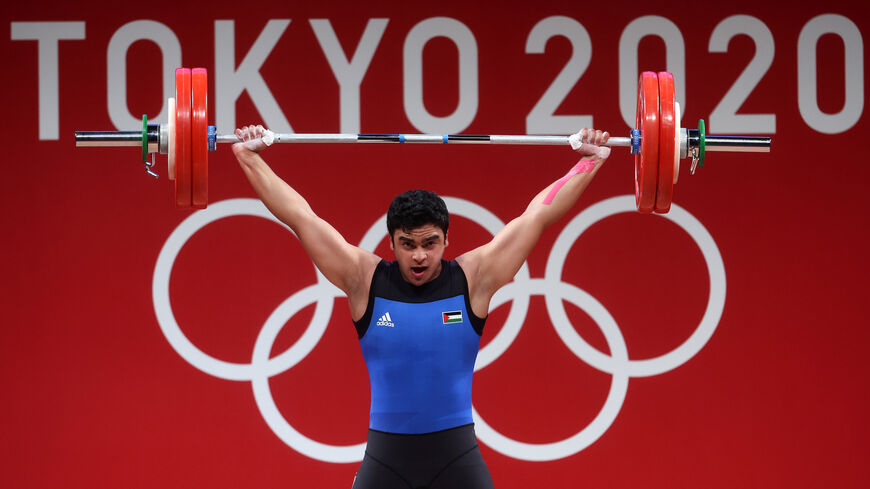
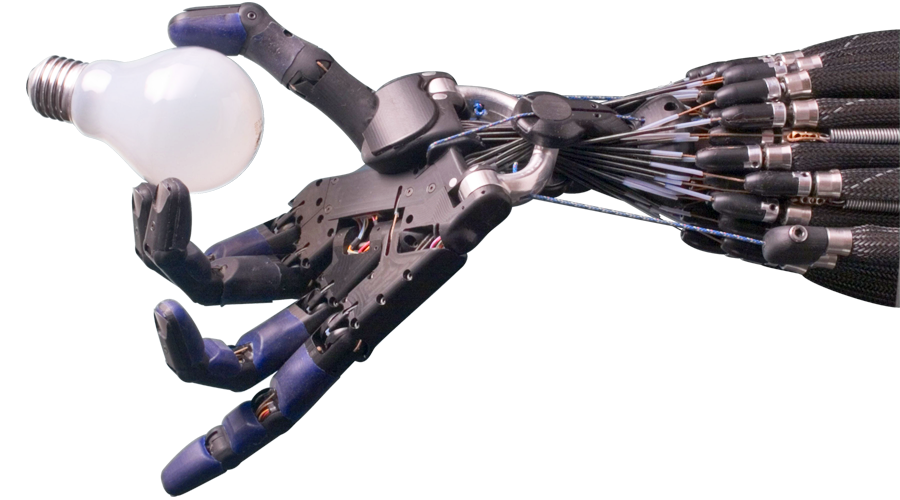

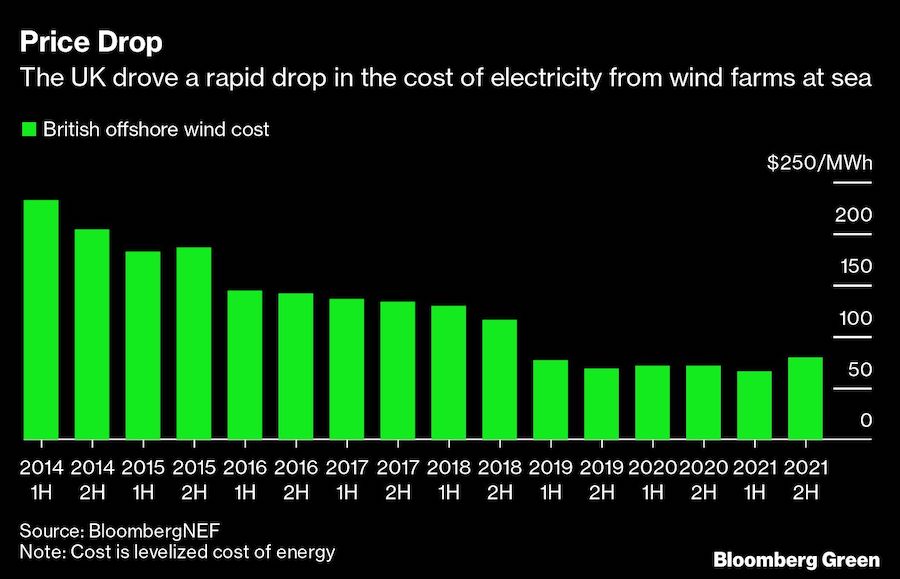
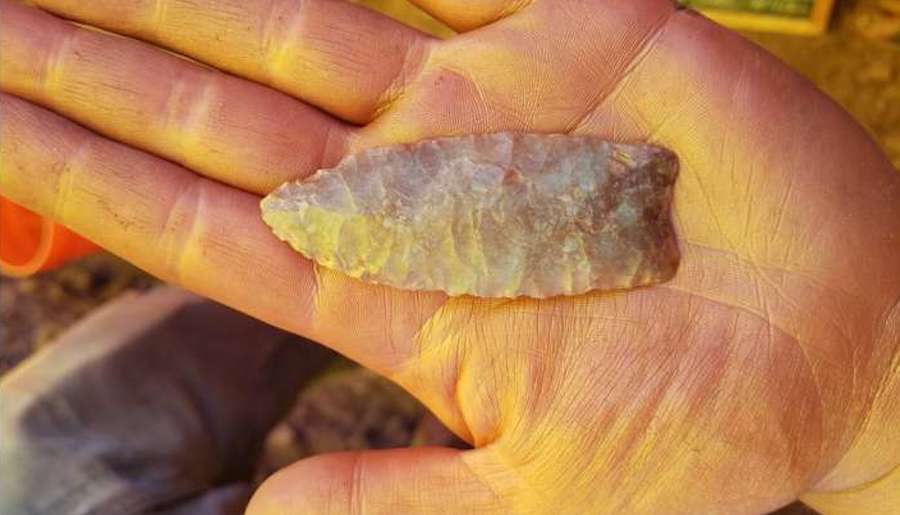
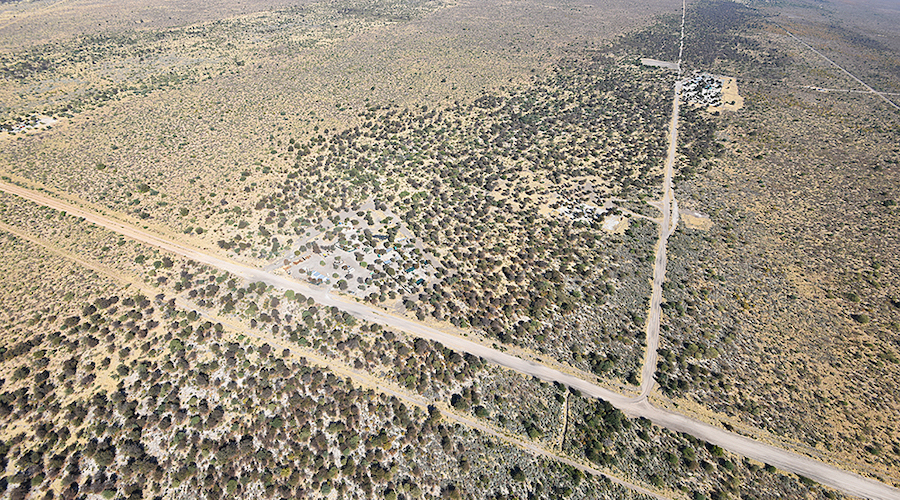
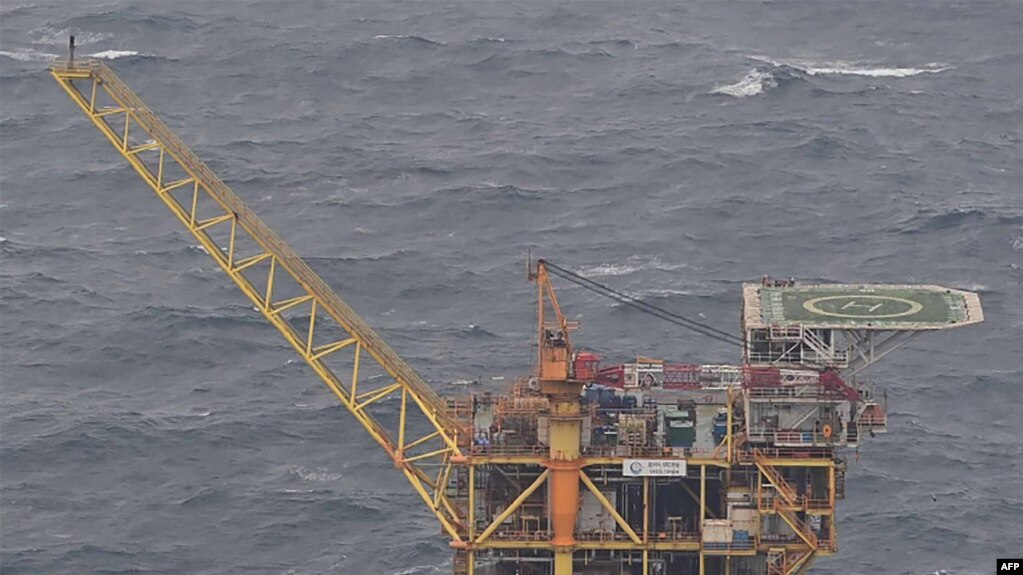
.png)
